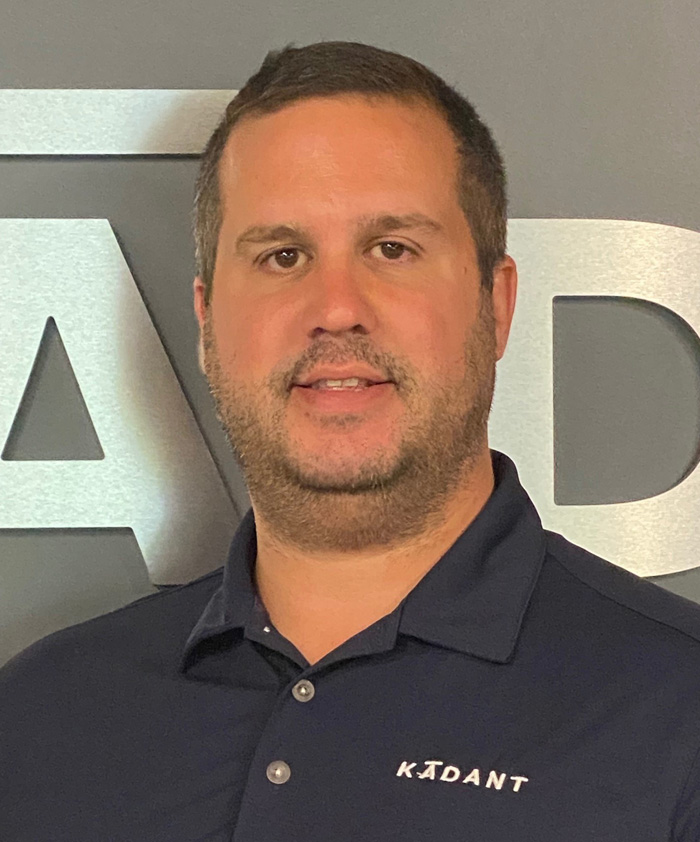Building a Safety Culture: An Interview with Michael DiFranco
 The safety culture at Kadant Johnson starts with its leaders. To understand how this works in practice, I recently sat down with Michael DiFranco, the environmental health and safety (EHS) manager at Kadant Johnson. He shared his insights and perspective.
The safety culture at Kadant Johnson starts with its leaders. To understand how this works in practice, I recently sat down with Michael DiFranco, the environmental health and safety (EHS) manager at Kadant Johnson. He shared his insights and perspective.
CB: What is your background and what led you to pursue a career in EHS?
MD: I’ve always enjoyed helping people and while I was pursuing an MBA at Western Michigan University, I worked at a hospital coordinating patient transfers and equipment sanitization. An early mentor saw how I cared for people and my interest in management, so he offered me a role in safety compliance. I was responsible for medical equipment management, fire and life safety, emergency preparedness, and utilities management.
CB: How do Kadant Johnson’s leaders prioritize safety in their work?
MD: There is a core team of leaders that meet regularly to address and continuously improve safety. This includes the president, functional leads, and employees from a diverse group of departments. They also put safety first in their day-to-day decisions and actions. Basically, they “walk the walk.”
CB: Can you give me an example of how leaders “walk the walk?”
MD: Yes, we had a new hire candidate that was waiting in the lobby for an interview. It was January and it had been snowing. Our president was returning from lunch, entered the lobby, grabbed the salt, and went back outside to salt the sidewalk. Our president had a safety concern and he addressed it immediately. The candidate, now employee, told me this story and its influence on his decision to work at Kadant Johnson.
CB: You mentioned earlier that you “continuously improve safety.” What is an example of that?
MD: Yes, the first example is that we conduct a safety perception survey to get feedback on what we are doing well and where there are opportunities for improvement. The second is thinking outside of our four walls. Our field service group works at customers facilities with unique hazards. These include rotating dryer shells and steam systems. We developed specialized policies and procedures to help keep them safe in the customers’ environment.
CB: How has COVID impacted safety at Kadant Johnson?
MD: If has impacted many of our policies, but our approach to making a safer environment is the same. We identify the safety hazards and find mitigating solutions. In the case of COVID, it has included temperature scans, masks, social distancing, and many employees working from home.
CB: Any parting insights or best practices?
MD: Yes, safety takes a village. It starts from the top with a safety culture and ends with identifying and removing safety risks. If you think something is unsafe, it probably is, take the time to ask questions, talk to a supervisor, and have it addressed.
